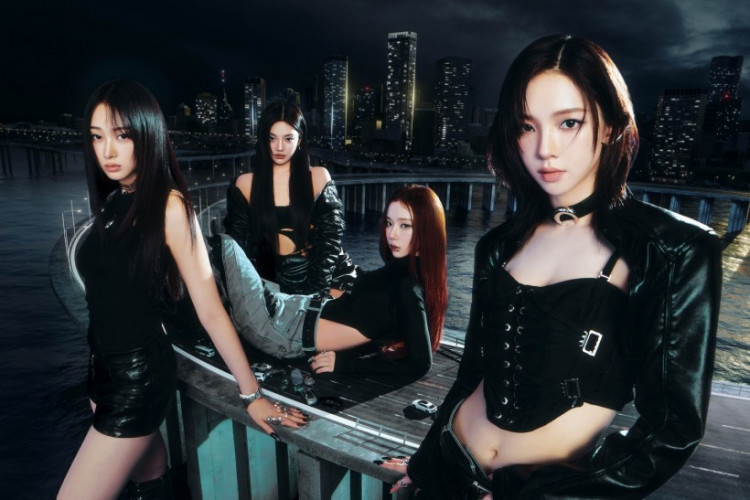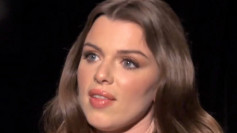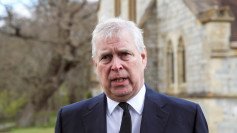In the dynamic world of K-pop, the line between artistic expression and audience expectation is often a battleground of opinions, and aespa's latest teaser for their song "Drama" has found itself at the center of such a controversy. The prelude to their fourth mini-album, set to release on November 10, has sparked a wave of criticism from Korean netizens, particularly focusing on the group's dance skills-or perceived lack thereof.
The teaser, unveiled by SM Entertainment, was meant to give fans a taste of the choreography and chorus of the anticipated title track. However, instead of unanimous excitement, it triggered a debate over aespa's coordination and synchronization. In a video awash with dramatic red lighting, the quartet's movements were scrutinized, with some netizens labeling the performance as a "waste of performance fees" and pointing out the center's lack of coordination as a particularly sore point.
This backlash has cast a shadow over the excitement for aespa's return. The group, which has been known for their innovative concepts and musical prowess, now faces the added pressure of swaying critics with the full choreography and performances upon the album's release. The teaser's reception underscores the challenges aespa confronts in meeting the high expectations set by fans and overcoming the controversy that has arisen from this brief glimpse into their latest project.
Despite the criticism, there are voices within the K-pop community that defend aespa, arguing that perfect synchronization is not a prerequisite for success in the genre. This perspective highlights the subjective nature of music and performance art, suggesting that there is room for different styles and expressions within the industry.
As aespa prepares for their comeback, the group finds themselves under intense scrutiny. The final verdict from Korean netizens and the global audience will ultimately depend on the impact of their complete performance. It remains to be seen whether aespa can turn the tide of public opinion and continue to solidify their place in the ever-evolving K-pop landscape.
The situation with aespa is a reminder of the high stakes in the world of entertainment, where every teaser and performance is dissected by a passionate and vocal audience. It also reflects the broader conversation about artistic freedom, audience expectations, and the pressures faced by artists in the digital age, where every move is magnified and every misstep has the potential to become a viral sensation for all the wrong reasons.
As the release date approaches, all eyes will be on aespa to see how they navigate this latest challenge and whether they can once again capture the hearts of fans with their unique blend of music and performance.





